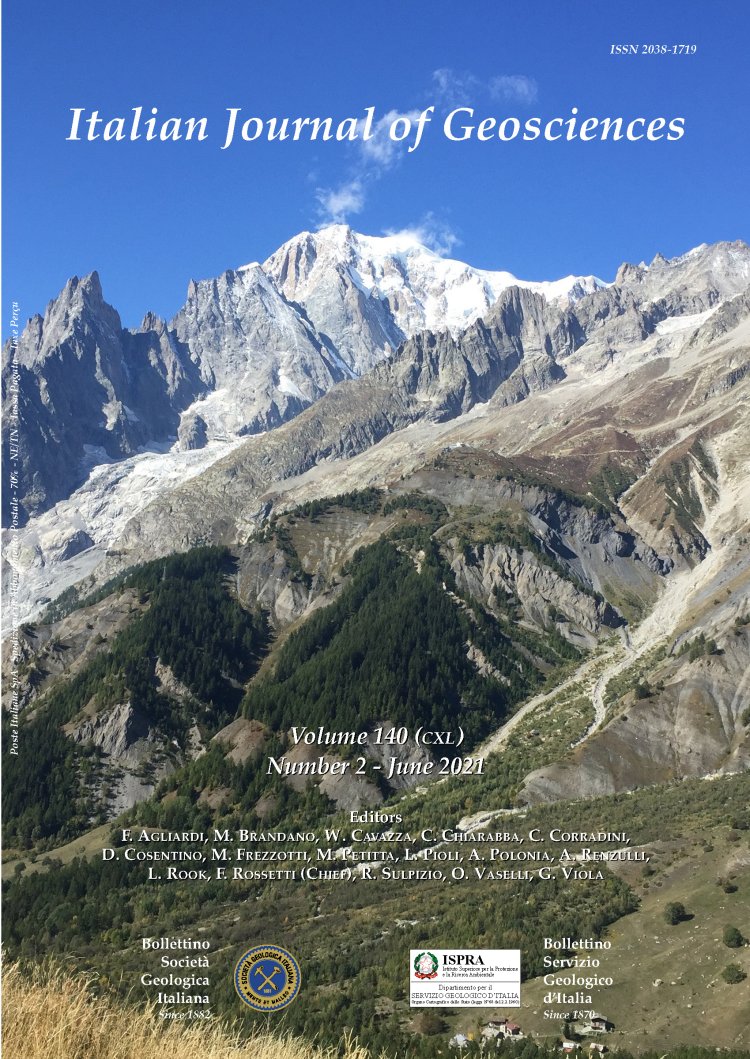
Frost action and human occupation during the Late Pleistocene in the Italian Southern Alps: micromorphological evidences from the Caverna Generosa cave
Eleonora Sessa (1), Fabio Bona (2) & Lucia Angiolini (2)
(1) Università degli Studi di Genova - Dipartimento di Scienze della Terra dell’Ambiente e della Vita (DISTAV), Corso Europa 26, 16132 Genova, Italy.
(2) Università degli Studi di Milano – Dipartimento di Scienze della Terra “A. Desio”, Via Mangiagalli 34, 20133 Milano, Italy. Corresponding author e-mail: eleonora.sessa@edu.unige.it
Volume: 140 (2021) f.2
Pages: 205-220
Abstract
The Late Pleistocene has been characterised by frequent and intense climatic oscillation, well recorded in the Caverna Generosa cave deposits. In this work, micromorphological analyses have been performed on samples from the cave where the stratigraphy is particularly well exposed and complete, in order to obtain temporal and spatial information on climate- and human-related processes during MIS3 and 4. The older layers (more than 50 ka BP - Before Present - old) record a very cold time interval, where ice did not melt during the warmer season, and with little or no vegetation outside the cave. During this cold stage, probably, humans spent a short period in the cave, using bones to light the fire and, later, cave bears dug their hibernation beds in the innermost room. Subsequently (between 50 ka BP and 40 ka BP) a relatively brief climatic amelioration should have occurred, leading to the onset of ice melting during the summer season. Between 40 ka BP and 30 ka BP, loess deposited in the cave entrance, indicating cold and arid conditions in the area. After loess deposition, recovered wet conditions have re-established with freeze and thawing processes influencing the sediments.
Keywords
Get Full Text